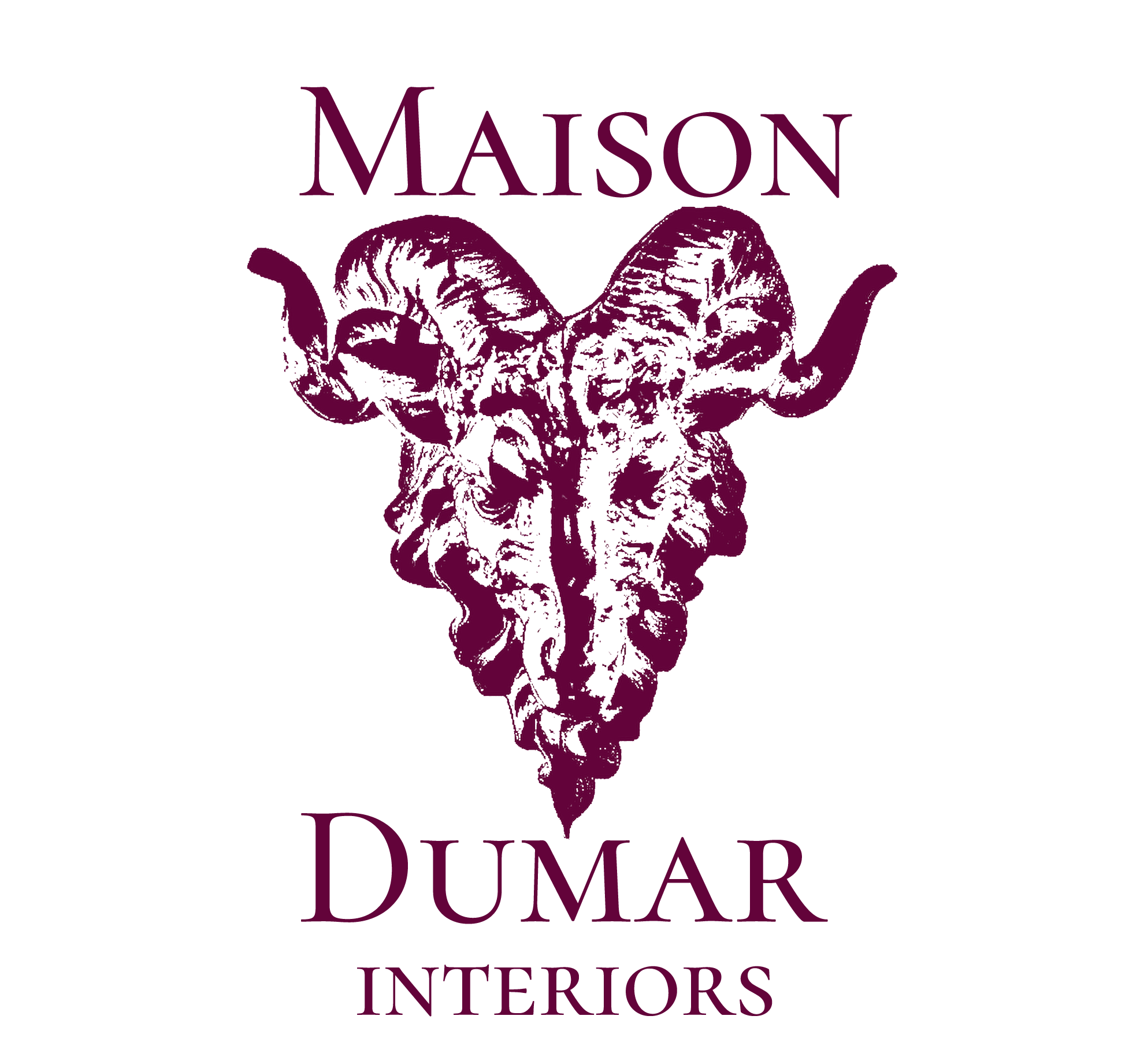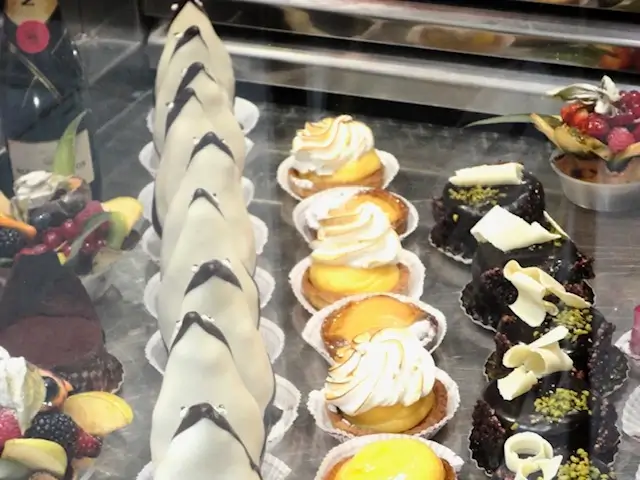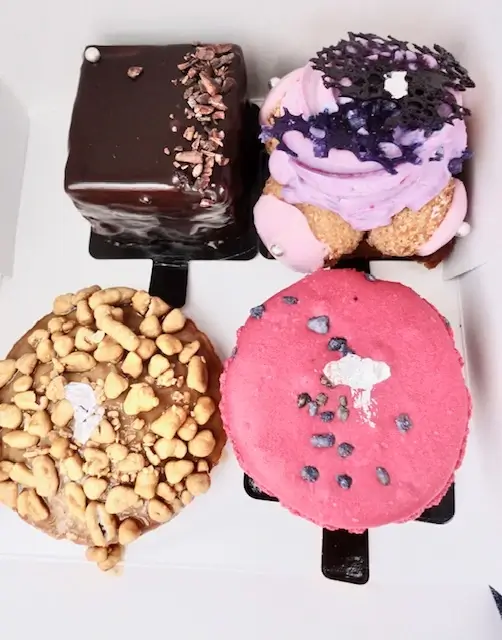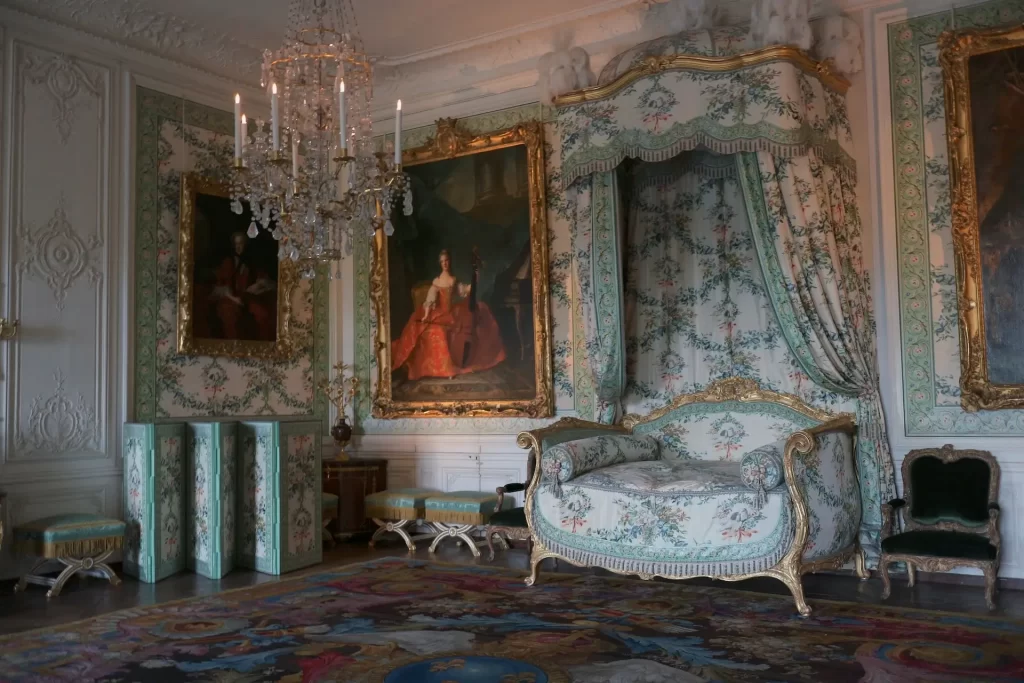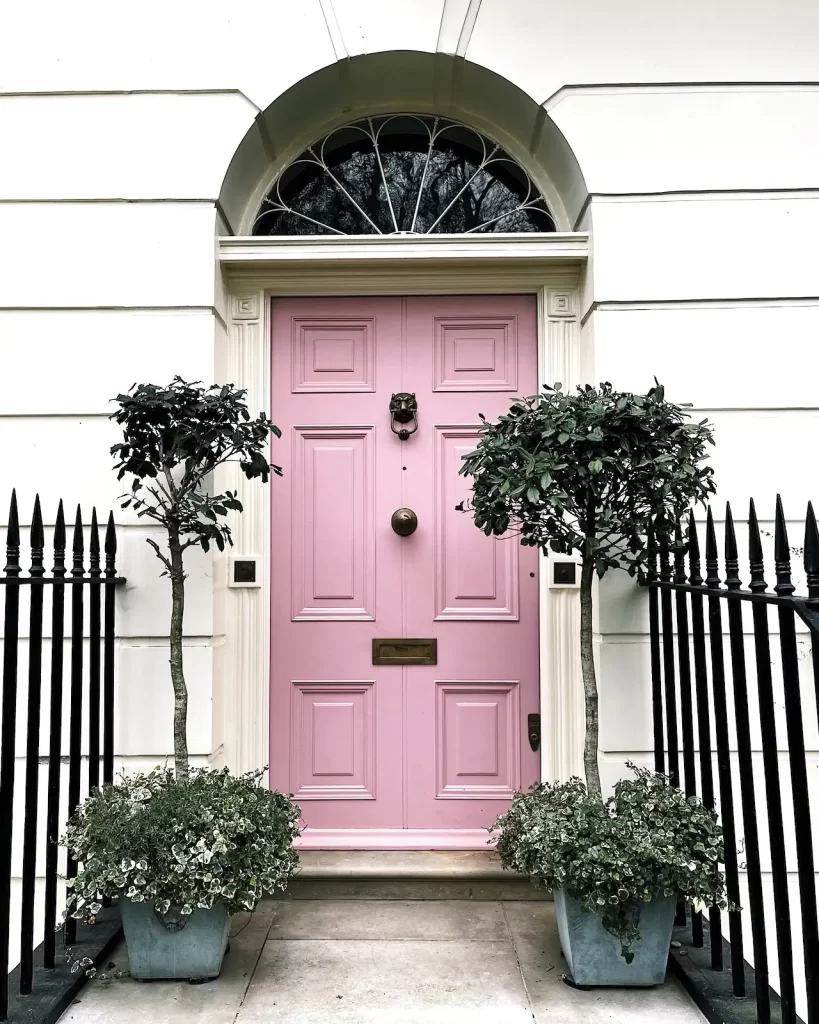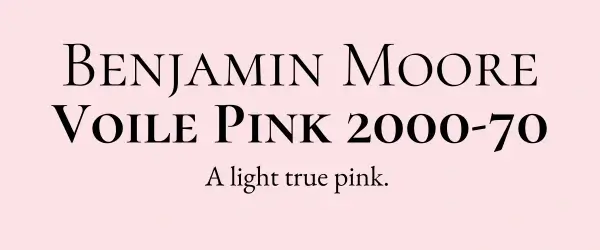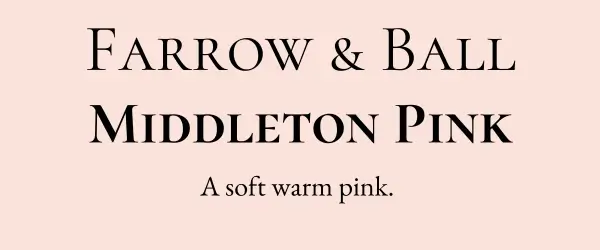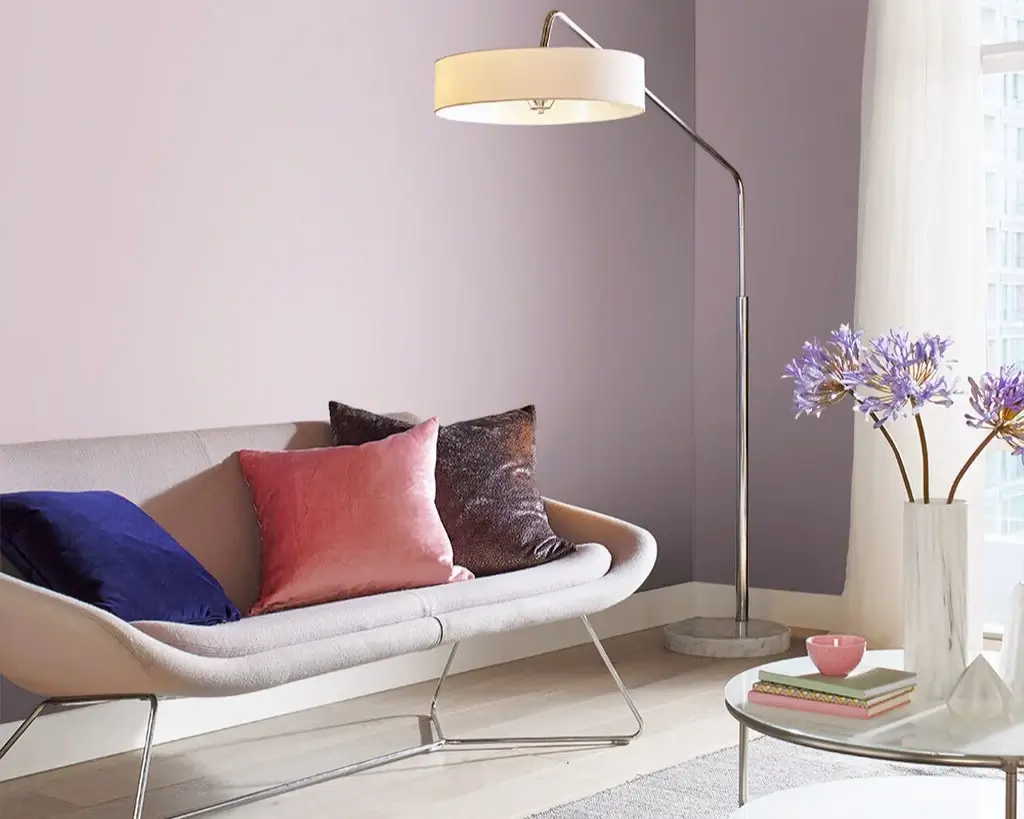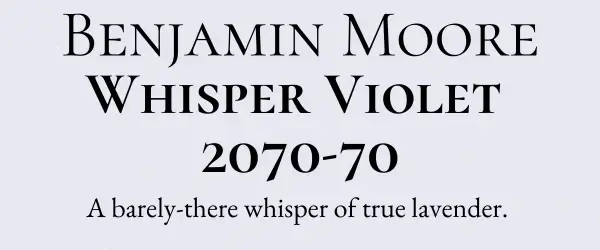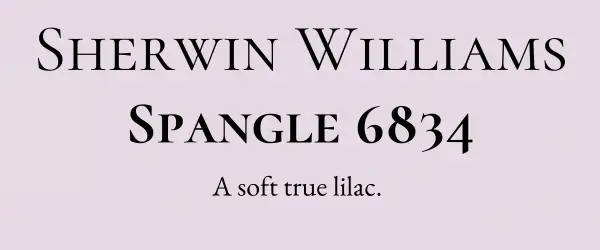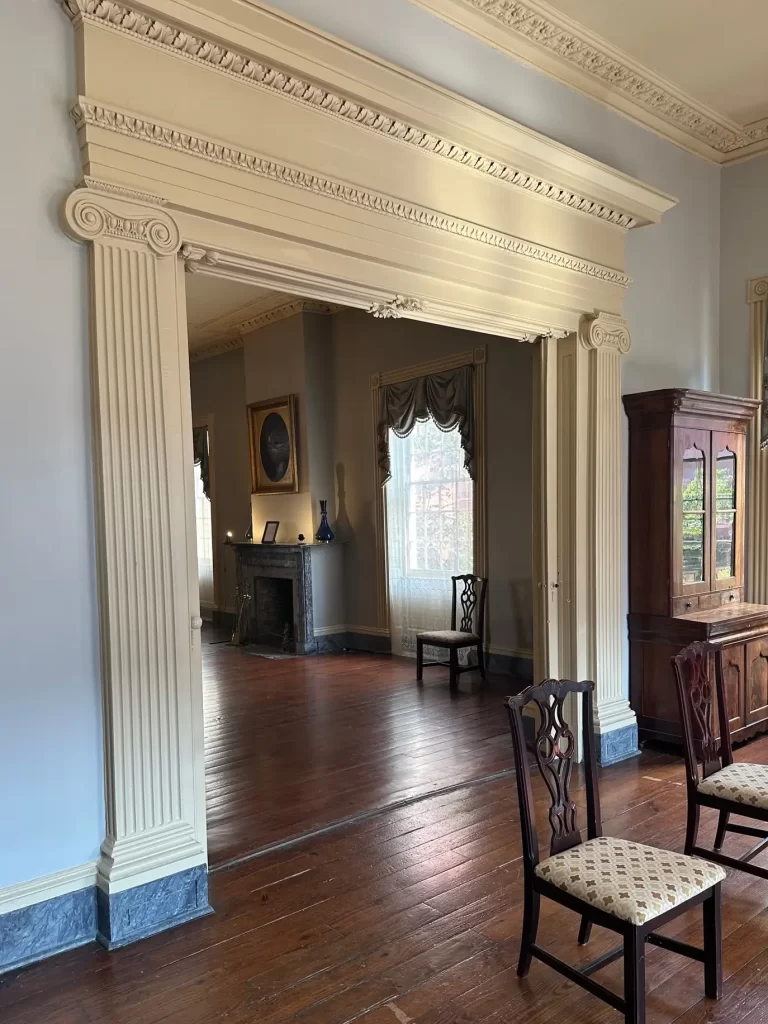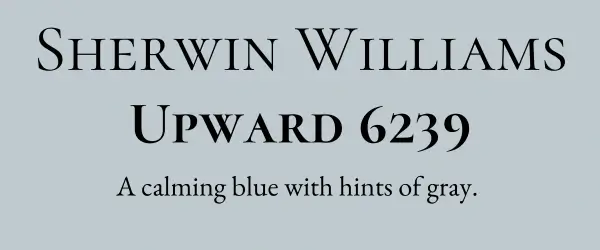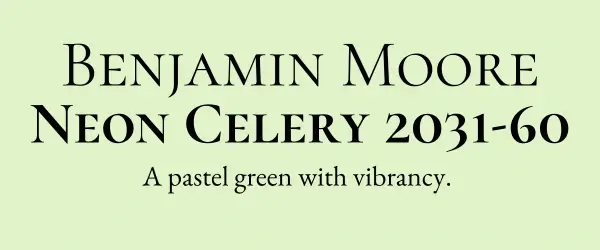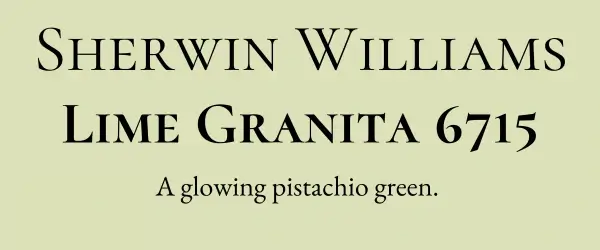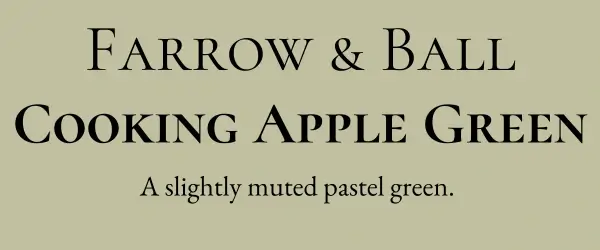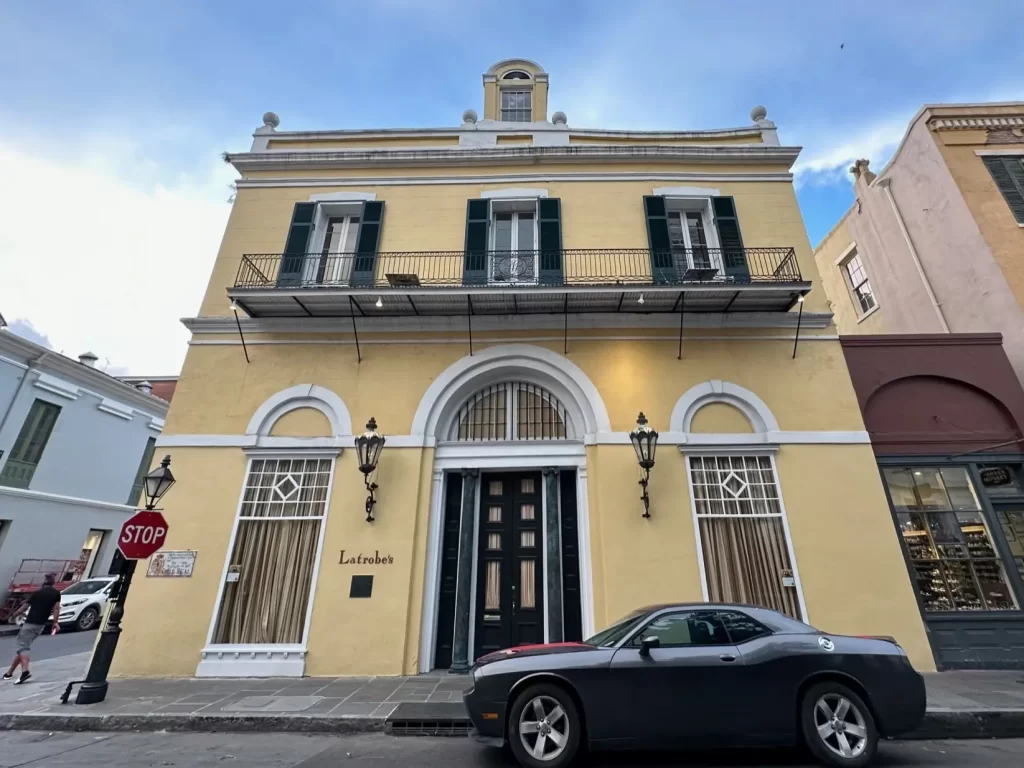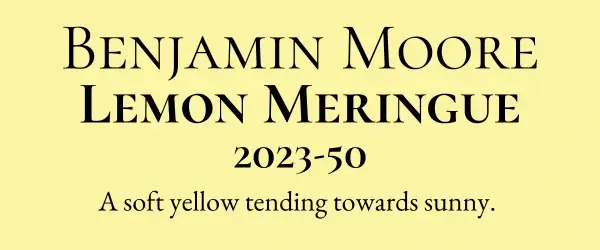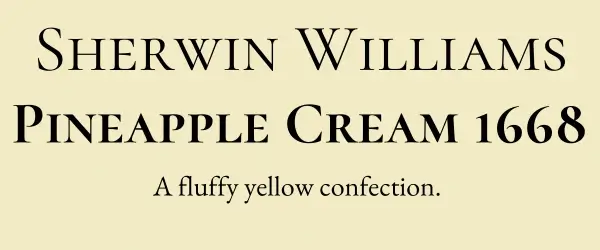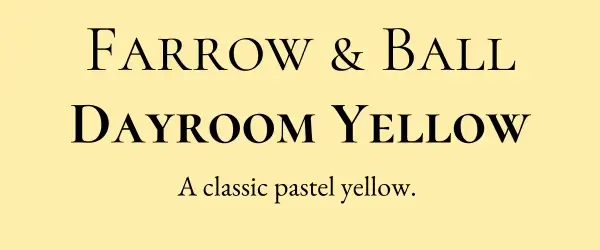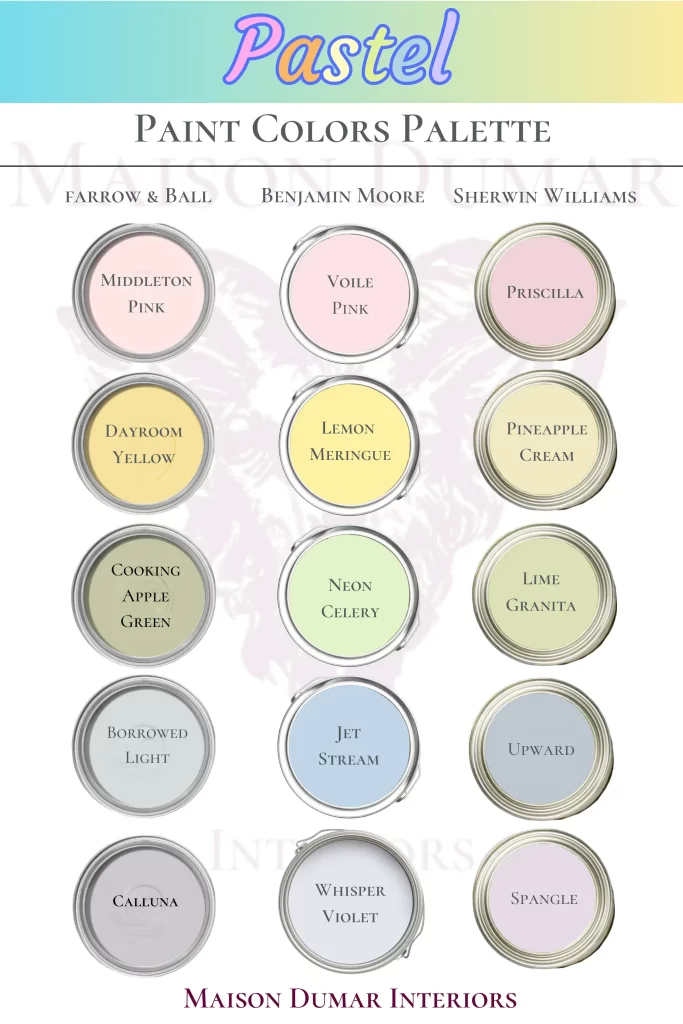Friends, spring has sprung and brought with it a welcome sense of renewal and optimism! What better way to capture the spirit of the season than by splashing a fresh coat of paint on our walls to energize our living spaces? Nothing says “Spring” quite like a cheerful palette of pastel colors like pink, baby blue, or lavender. If you’re looking to give your home a zesty revamp that will even put some “Spring” in your step, look no further than my pastel paint palette of bright and airy hues.

So, open your windows, grab your paint brush, and let’s get to it!
What Are Pastels?
Colors which have been mixed with white are called “pastels.” In other words, in the language of color theory, tinted hues.
The word “pastel” comes to the English language via the French pastel, which in turn comes from the Italian pastello. In the latter cases, the terms refer to the pastel art medium—works of art created using pastel crayons. The word “pastel” and its cognates all derived from the Ancient Greek word for “paste.” This makes sense, given that pastel colors have a pale, “chalky” quality.
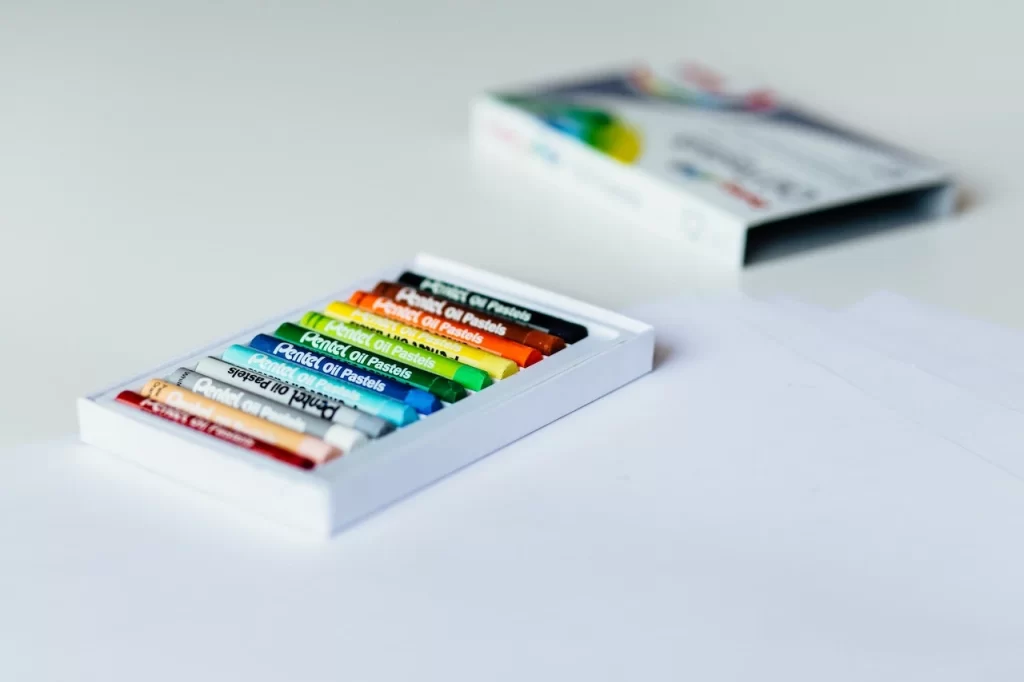
In Spanish, the word pastel refers to cake and other flour confections and is also derived from the same Ancient Greek word for “paste,” which also means “dough”. The French cognate is pâtisserie, which is practically an art form in flour. A pâtissier whips up vast array of pastel-colored, mouth-watering treats!
Pastel Paint Colors in the Home
Over the past decade or so, grays and bright whites have pretty much dominated the home paint color market. Of course, other colors have started to break into the mainstream in recent years. For example, very dark blues and greens. However, the market has mostly relegated these colors to kitchen design. Aside from the passing fad of “Millennial Pink” around 2015, we have certainly not seen much in the way of pastels.
Of course, in the 1980s and 1990s pastel paint colors were extremely popular in interior design. This pastel revival was spurred by a handful of brief design movements, including the English Romantic style, which favored delicate, feminine hues. Further, the “Southwest” design trend incorporated pastel shades inspired by the desert landscape, while Shabby Chic interiors often featured worn, vintage-inspired furniture and decor in soft tints.
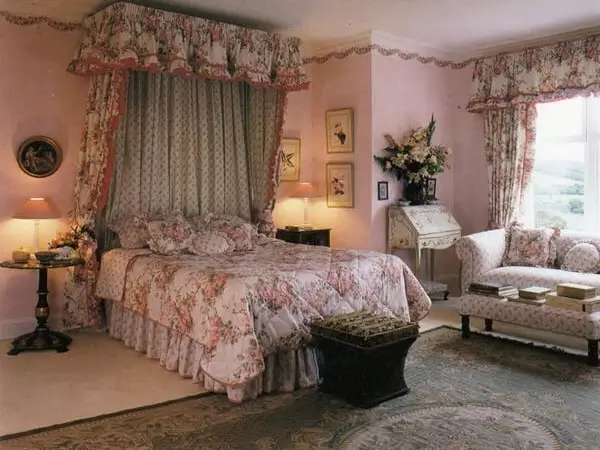
However, pastels experienced their greatest popularity in the 18th century. The Rococo style, which emerged in France in the early-to-mid 1700s, was known for its use of delicate pastel colors like pink, baby blue, and pistachio green. This style emphasized lightness, elegance, and refinement, and the use of pastel colors helped to create a gentle and ethereal atmosphere. Later in the 18th century, the Neoclassical period of interior decoration emerged as a reaction against the excesses of Rococo. Yet Neoclassical interiors still kept the pastel colors, albeit with a more restrained and muted palette. The use of pastel colors in 18th-century interior design was a reflection of the desire for beauty, harmony, and gracefulness, as well as an appreciation for the delicacy and subtlety of color.
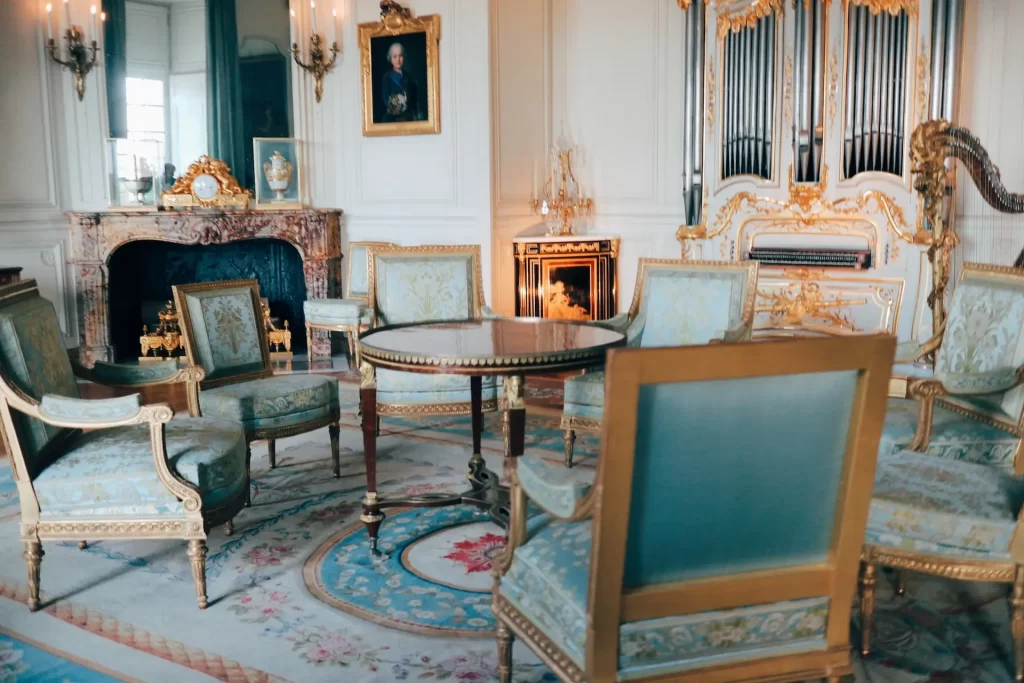
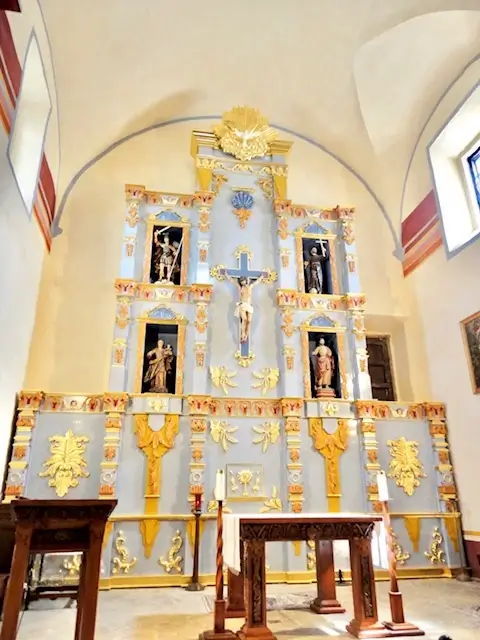
Pastel Paint Palette
And now, my pastel paint colors palette:
